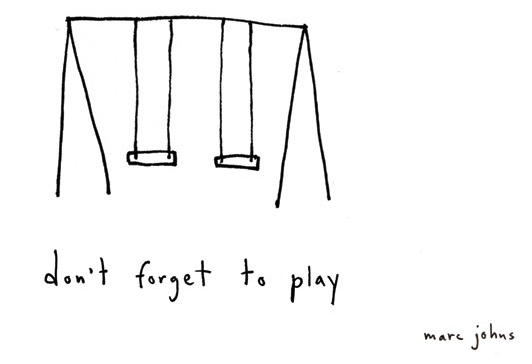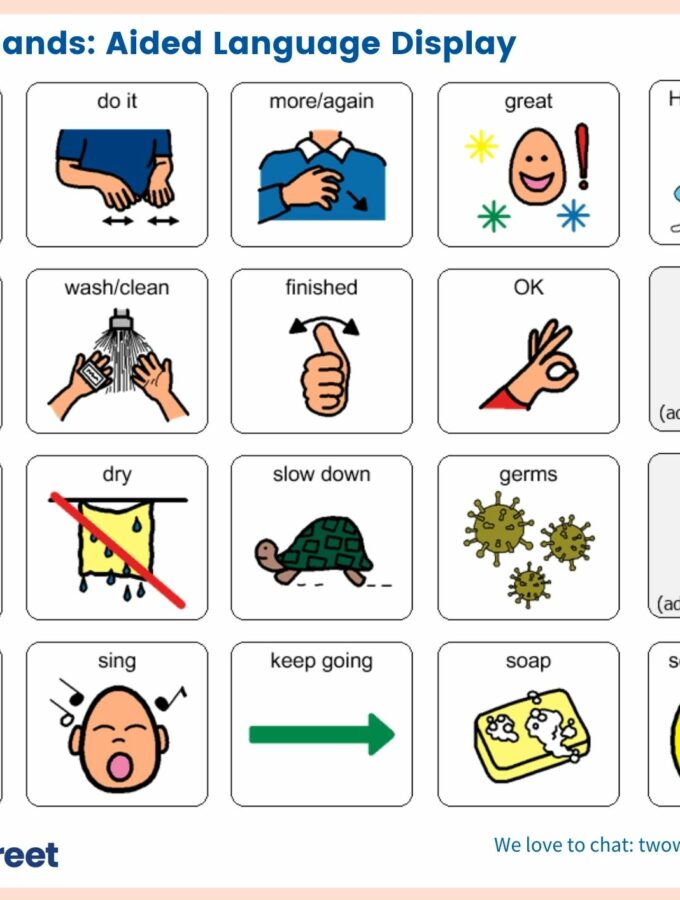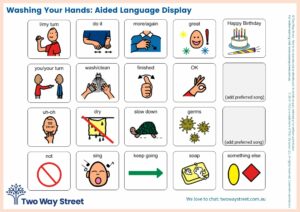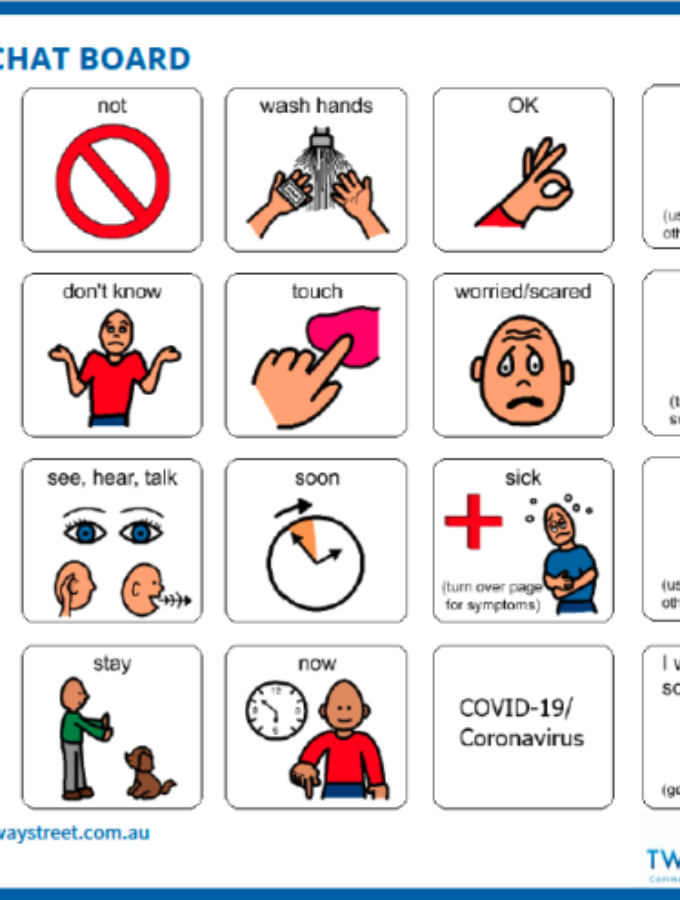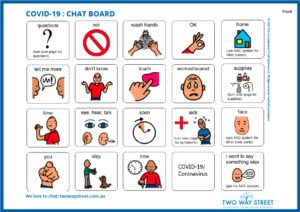Why an accurate representation of differences in our world matters, especially to people living with disability.
If you’re a white, middle-class male or female living without disability, you won’t need to look far to find someone you can relate to in the media. People just like you are on TV, in movies and can be seen on the pages of catalogues and magazines.
Yet, if you’re living with a communication difficulty, or any type of disability for that matter, you’d be hard pressed to find relatable characters on your favourite media outlet. And when you consider that 4.4 million people in Australia live with disability, there’s a huge gap. That’s 18% of our population, or 1 in 6 people, unrepresented. It’s definitely time for a change.
Media is a powerful creator of perceptions. And it can also be used to create the cultural change that people living with disability would love to see.
What happens when perceptions create your reality?
Our very own Communication Access Consultant, Margie Charlesworth, lives with Cerebral Palsy and has a communication difficulty. She uses her natural speech to communicate and also uses AAC when creating videos or presenting at conferences and to businesses looking to increase their communication accessibility. She is one of the smartest, funniest, most driven people you will ever meet and a great work mate to everyone at Two Way Street. And yet, Margie faces all kinds of perceptions around her ability to communicate. People STILL finish her sentences for her ‘to help’. And she goes from being respected for her knowledge and experience one minute, to being infantised and called a ‘good girl’ the next.
In one of her ‘Street Talk’ moments, Margie explained how it feels to have people finish her sentences. “Finishing my sentences implies many things. It implies that the person who I am communicating with can read my mind, or that I can’t communicate my own messages. It also implies that I have difficulty expressing myself or trouble figuring out how to say it myself. And finally, it implies that people would rather not listen to my voice…”
Imagine if Margie’s experiences were depicted somewhat realistically in the media! Those assumptions of Margie not being able to get her message across, or not being mature due to her communication difficulty wouldn’t exist. A person’s disability is an important part of their identity and is something we would love to see normalised in media representation.
This is what happens when someone dares to challenge the ‘norm’.
We’ve seen Target Australia using a model in a wheelchair to advertise kids clothing. Was that the first time a child in a wheelchair rolling through Target saw someone like them on an in-store advertisement? Potentially, yes!
We’ve just seen Disney release a remake of The Little Mermaid featuring a non-caucasion Ariel played by African American actress and singer, Halle Bailey. Reactions from little girls seeing their all-time favourite mermaid as someone they can relate to, again maybe for the first time, made the internet explode.
Our team was just as excited to see Val Kilmer using AAC in the Top Gun 2022 sequel, Maverick. In the movie, Iceman’s battle with throat cancer rendered him unable to speak without causing pain (emanating a little of what was going on for Val Kilmer in real life). He is seen typing sentences and pointing to his screen to get his message across.
It’s this type of representation that needs to be included in mainstream media more. The every-day lives of people, all people, as valued members of society. This is why inclusion is important and representation matters.
The many ways we can achieve representation.
Representation can also be achieved through communication modes. We have all become very familiar with the sign language interpreters during community announcements and emergency services briefings. Imagine if other modes of communication were as prevalent. Imagine if people who use modes other than mouth speech to communicate, could see their mode of communication used in advertising, signage and information media.
We work with a range of agencies to create signage that is not only useful for people who need the symbols to communicate, but also represent this mode of communication within the community. Our playground communication boards are a great example. We’ve also been busy creating beautiful products, like our AAC cushion covers, to ensure that symbolic communication is seen and valued around the home. And we have more to come, so if you haven’t already, join us over on Facebook and LinkedIn to stay up to date.
We’re strong believers in that world where communication brings autonomy, belonging, connection and opportunity for everyone. But we still have a long way to go…
If you are a business or organisation and would like some representation at your site, online or within your advertising, give us a call on 0434 266 237.
Do you have a communication difficulty? Are you comfortable using AAC? If you answered yes to both of those questions, then we’d love you to join us on our mission. Get in touch with Two Way Street to find out more about employment opportunities. Email [email protected] and tell us a little about yourself.

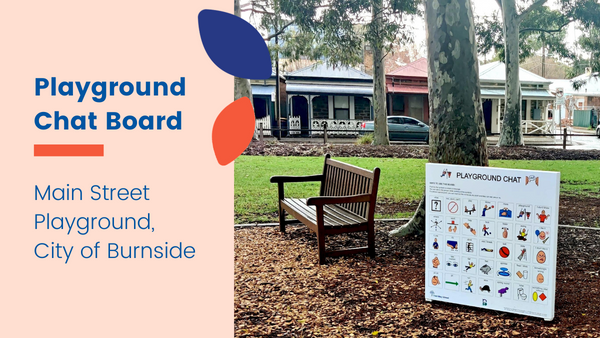

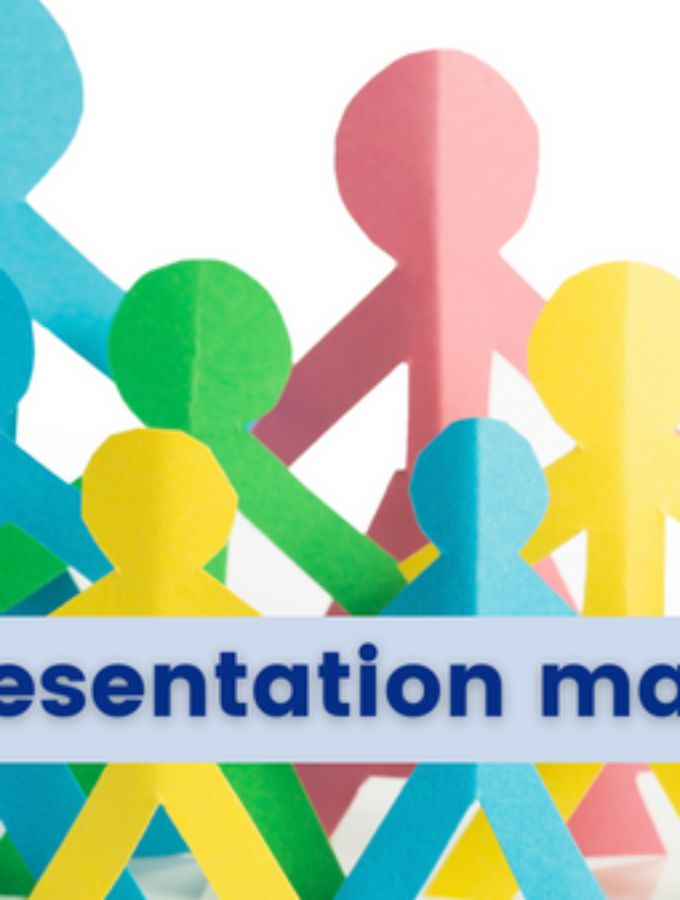
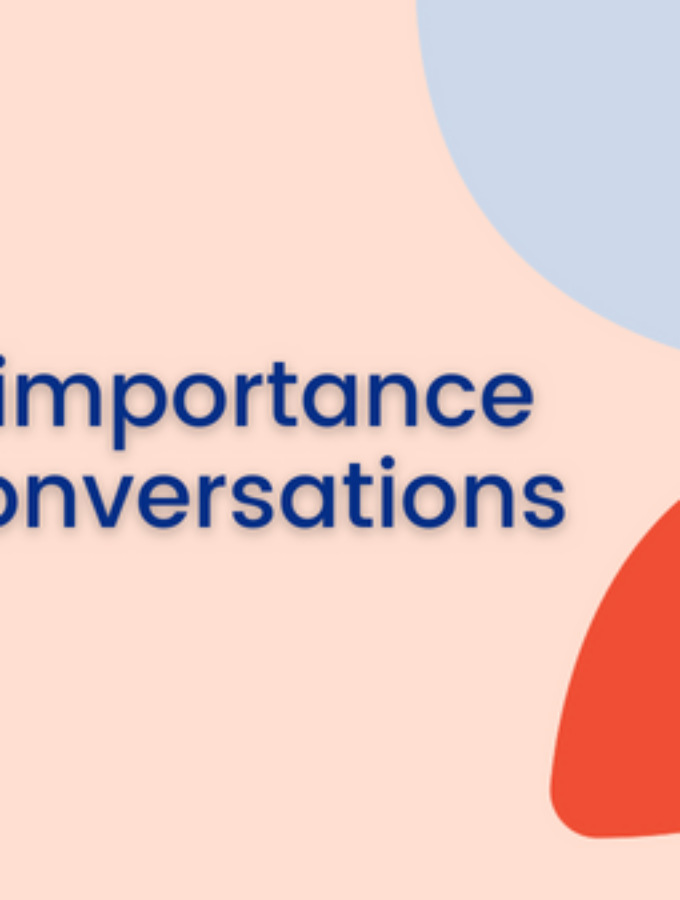
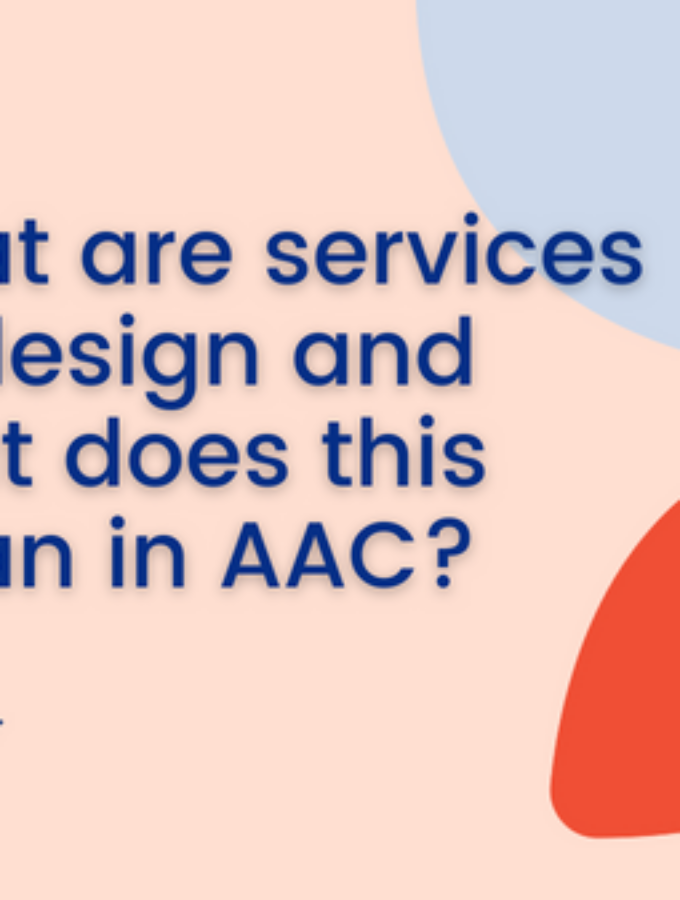
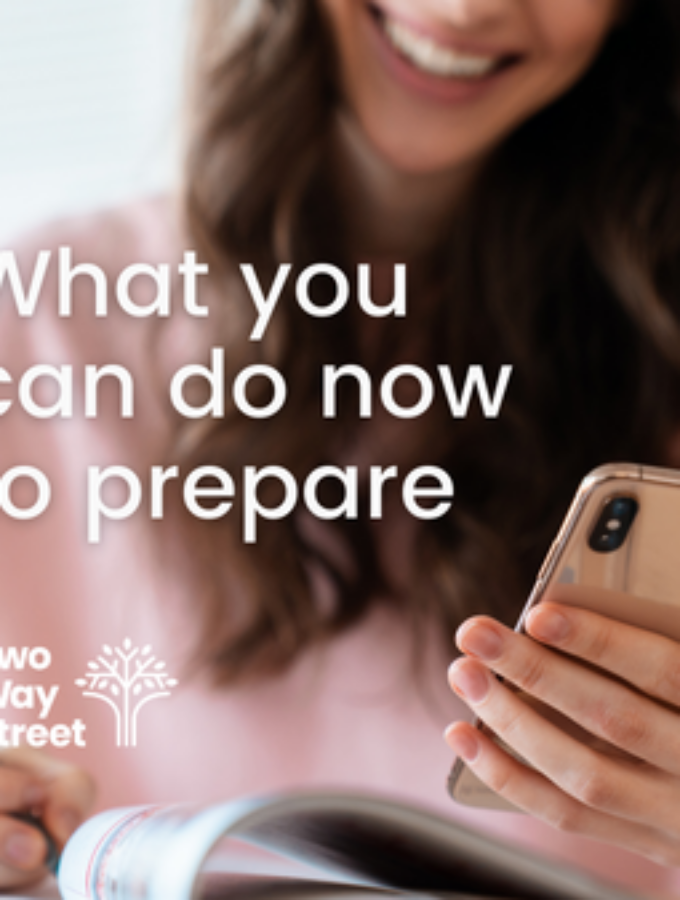
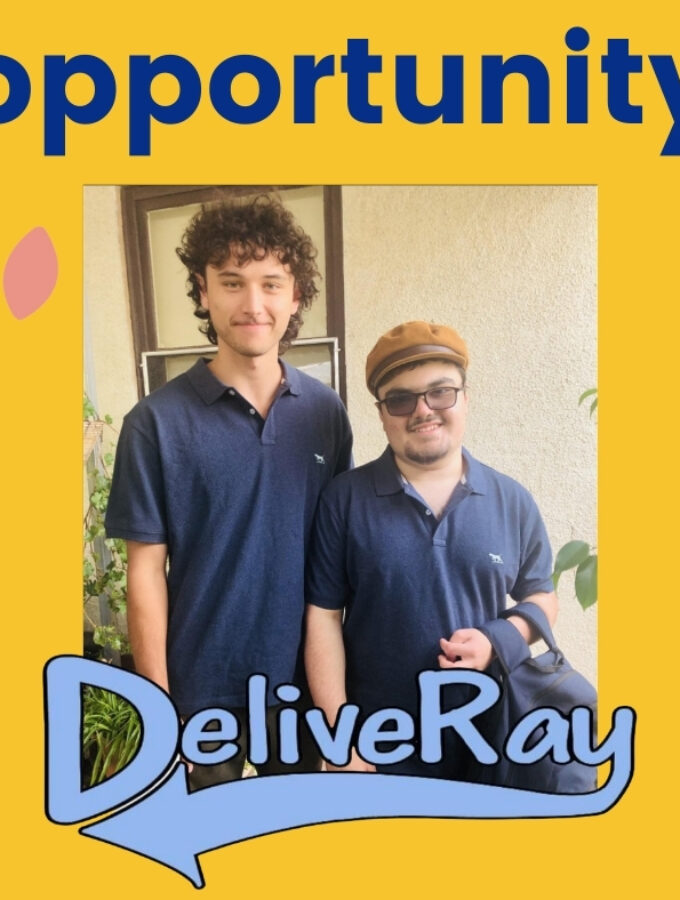

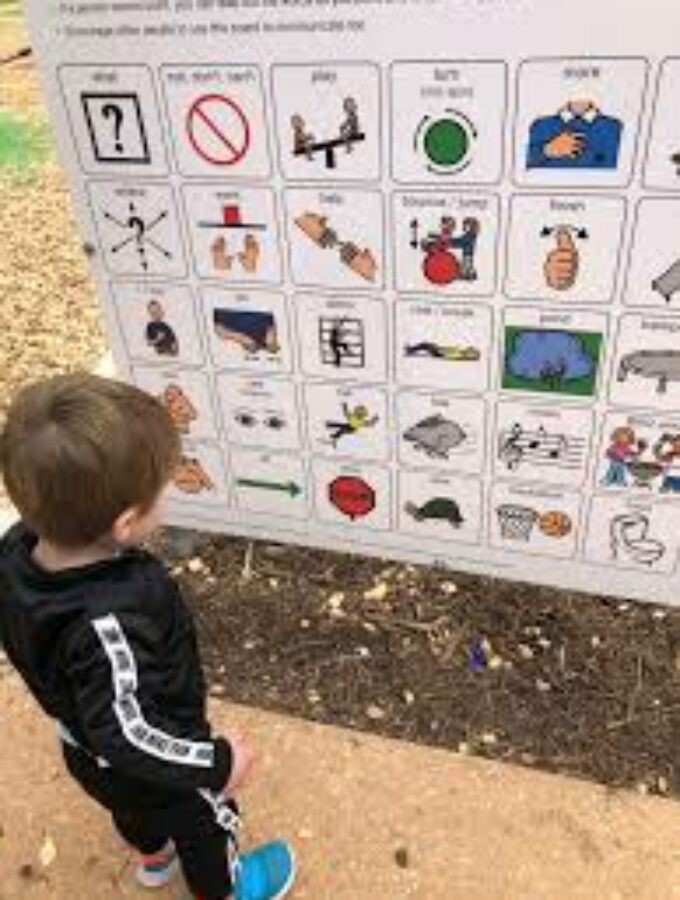
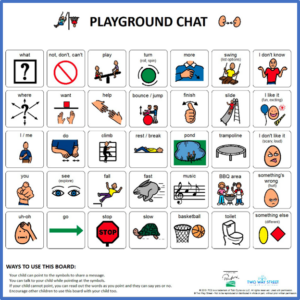 Don’t forget though that Communication is a
Don’t forget though that Communication is a 